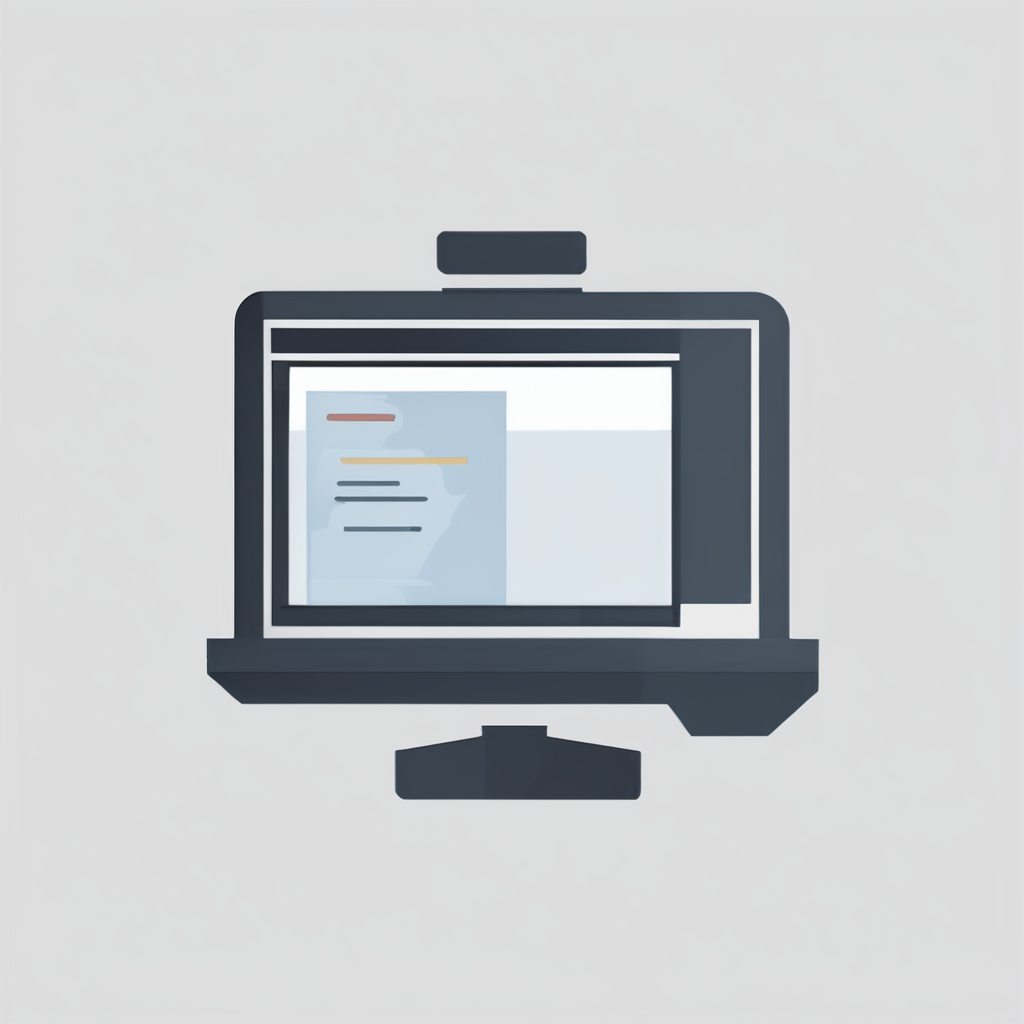Effective cybersecurity depends on seamless coordination across a product’s entire lifecycle. Smart Product Lifecycle Management (PLM) integrates data, processes, and teams from design through disposal, reducing vulnerabilities and ensuring compliance. By centralizing information and fostering collaboration, PLM not only strengthens security but also accelerates innovation and product quality in increasingly complex markets.
Understanding Product Lifecycle Management and Its Impact on Cybersecurity
Product Lifecycle Management (PLM) is a systematic approach that orchestrates information, processes, and teams across every phase of a product’s existence from the earliest idea to final disposal. This unified strategy was formalized mid-20th century and has since evolved into an essential business function, especially for organizations navigating dynamic supply chains and rapidly changing technologies. By centralizing data and standardizing workflows, PLM offers a framework for structured decision-making that boosts both productivity and product quality. Check it out now for more details.
This might interest you : Is the Future of High-Tech Spurring Investment in UK Computing?
The structured journey through PLM involves several distinct product lifecycle stages:
- Concept: Initial requirements are specified, and concept designs take shape.
- Design: Detailed CAD modeling, prototyping, and validation occur, with built-in diagnostics for security vulnerabilities.
- Manufacturing: Production methods are set, synchronized with quality and data protection standards.
- Service: Post-production support leverages real-time data for updates, patches, and maintenance, all managed through connected platforms.
- Disposal: Secure decommissioning critical for privacy and compliance ensures data is correctly handled and erased.
At every stage, integrating robust lifecycle data security and privacy measures is paramount. PLM platforms now frequently embed advanced cybersecurity controls—automated compliance checks, version control, encryption, and audit trails—to address the rising risks associated with globalized design and distributed teams. This holistic governance not only builds cyber resilience but also provides companies with the confidence to comply with strict industry security standards and regulatory requirements.
Also read : Enhancing cybersecurity through effective product lifecycle strategies
Core Processes, Benefits, and Challenges in Secure Product Lifecycle Management
Integrating cybersecurity design and traceability from product conception to retirement
In robust lifecycle management process mapping, security is woven into every product stage. Organizations embed product data and version control from the initial concept to final decommissioning, ensuring each change is traceable and aligned with lifecycle documentation and audit trails. This approach within data management within lifecycle systems offers auditable records vital for regulated industries. By leveraging lifecycle risk management approaches, teams can proactively address vulnerabilities—documenting each update, access, and approval.
Centralized data, collaborative workflows, and enhanced risk management in PLM
A central advantage of lifecycle management process mapping is consolidating product data and version control under a unified platform. With data management within lifecycle systems, various teams seamlessly collaborate, breaking traditional silos and reducing redundant work. By integrating quality and compliance management in PLM, organizations achieve higher product quality and conformance to standards. Enhanced visibility through lifecycle documentation and audit trails helps satisfy auditors and manage risks swiftly.
Overcoming implementation challenges: silos, legacy systems, and maintaining secure collaboration
Among the top challenges in product lifecycle management are data silos and outdated legacy systems. Effective data management within lifecycle systems and product data and version control are crucial in unifying information and workflows. Lifecycle documentation and audit trails help bridge gaps across old systems, supporting quality and compliance management in PLM while maintaining secure, collaborative environments.
Modern PLM Software Solutions, Industry Examples, and Future Innovation in Security
Comparison of Leading PLM Software and Cybersecurity Features
Top-rated PLM solutions comparison shows platforms like Siemens Teamcenter, SAP PLM, Jira, and Oracle Agile PLM stand out by combining product development with cybersecurity at every stage. Leading lifecycle management software benefits include centralized data, comprehensive version control, and strict access rights—all vital for managing product lifecycle stages securely. Cloud-based lifecycle management tools are increasingly preferred for offering automatic updates, simplified compliance, and scale, supporting companies in regulated sectors with robust audit trails and integrated vulnerability response.
Industry Case Studies: Security in Automotive, Manufacturing, and Regulated Sectors
In the automotive industry, PLM for automotive industry specifics focus on supply chain integrity and compliance management, using product lifecycle analytics and reporting to detect anomalies and enforce standards. Popular PLM platforms like Siemens and SAP report that manufacturers enhance part traceability, mitigate supply chain risks, and speed up recalls or security actions through deep lifecycle integration. Manufacturing and pharmaceuticals leverage lifecycle automation tools and APIs to maintain regulatory compliance during rapid innovation cycles.
Emerging Trends: Cloud, AI, Digital Twins, and Lifecycle Security
Cloud-based lifecycle management tools now utilize digital twin technology in lifecycle management to create real-time digital replicas, helping proactively identify vulnerabilities and performance issues. AI-driven product lifecycle analytics and reporting further automate anomaly detection and lifecycle risk management. Advancing lifecycle automation tools and APIs are key for creating truly adaptive, secure, and resilient product ecosystems.










